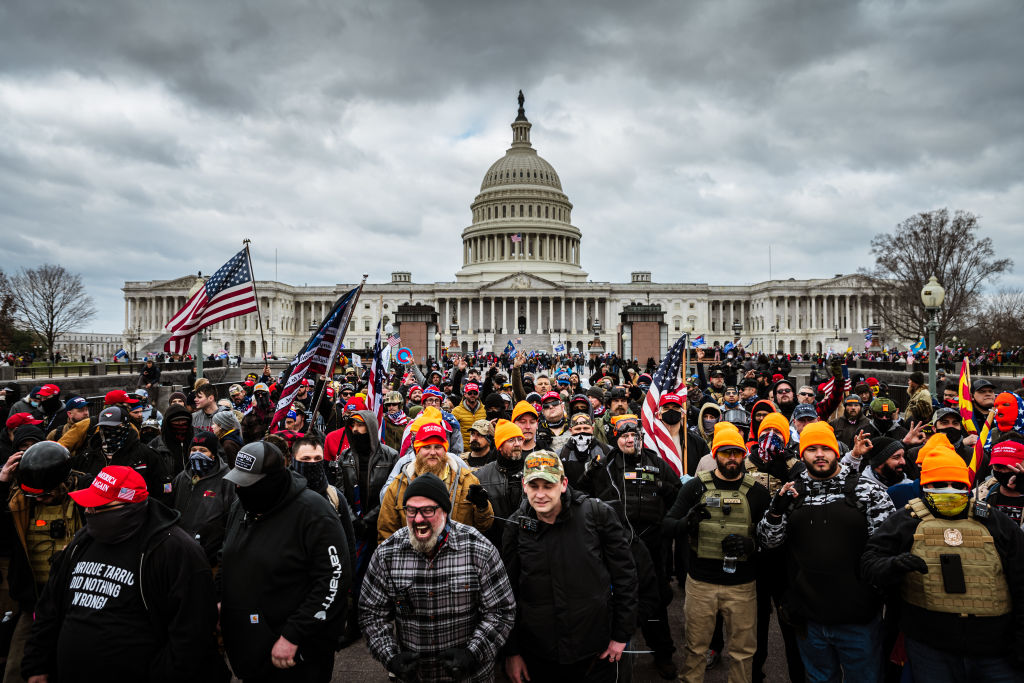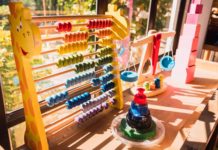
As a teacher, it is crucial that I address the January 6 insurrection with my students, on this one-year anniversary and always. Unfortunately, for some, it is not that simple: An incident that should be viewed from one singular perspective—January 6 was a direct assault on American democracy—has become politicized.
But let's get our facts straight: it was an unsuccessful coup. There are no two sides to what happened. If we don't tell the truth about it now, it might allow for there to one day be a successful coup.
Young people are looking to their teachers to help them understand both history and current events. Even if you teach in a school district with a hostile political climate toward teaching the truth, there are still ways to teach about January 6 without putting your career on the line.
Teaching About January 6 One Year Later
Last year, as we watched the horrific domestic terrorist attack on the Capitol unfold, all my New York City social studies teacher friends and I were texting throughout the evening trying to decide how to teach it the next day. It was difficult to process what was happening, let alone figure out how to create a lesson plan about it.
I ended up centering the classroom discussion around my students' reactions and impressions of what happened. I used curated images created by the Mikva Challenge and for each set of images asked students to respond to the following prompts: What do you see? What do you think? What do you feel? What do you wonder?
The evening of January 7, 2021, I hosted a powerful PBS NewsHour classroom zoom discussion with Yohuru Williams, Ph.D., founding director of the Racial Justice Initiative at the University of St. Thomas, and historian Kenneth C. Davis about how to teach about January 6. A few weeks later, I was also invited to join an American Federation of Teachers (AFT) panel. From these discussions, along with the most recent information we have about January 6, I'm changing how I'm teaching my students about what took place.
Unlike last year when we were all unpacking what happened in real-time, there are even more elements to discuss with students to truly help them properly understand what happened. Aside from the violent attack on the U.S. Capitol to stop the certification of the electoral votes, it is also important for students to understand what the House Select Committee to investigate the January 6 attack on the U.S. Capitol is looking into in regard to our former president Donald Trump and his various associates' involvement. In my class, we are also currently on the Civil War and Reconstruction unit, so I also plan to connect January 6 within that historical context.
I also plan to use excerpts from an article in The Atlantic written by Adam Serwer who both describes the timeline of events while also framing the insurrection around the themes we have been discussing: the tension throughout American history between groups that want to promote a multiracial democracy and those who wish to maintain white supremacy at all costs.
After reading Christopher Martell's comprehensive post about how to teach about the Capitol insurrection, I also plan on sharing the following major themes related to January 6 with my students: the growing support of authoritarianism, the role of media and political propaganda, the failure of federal security agencies, and the aftermath, including the push to protect voting rights in America.
Even if we don't cover every aspect of January 6 in one day, we will return to it throughout the rest of the school year by focusing on these big ideas.
How To Teach About January 6 by Proxy
I teach in a district where I will not face backlash from political forces when I teach the truth about January 6. However, if teachers work in more polarized communities, Dr. Williams says you can teach about January 6 through the lens of other similar historical events. He recommends focusing on literacy and situating young voices.
As he explains it, "You do not have to talk about the Capitol directly to have them understand the magnitude of the event. You can teach by proxy but comment by proximity." In other words, you can focus on the themes—mob rule, protests, the ideals of our democracy—without directly talking about January 6. Allow students to use their own critical thinking skills to make the connections.
You can also share images from the event and a timeline and ask the kids what they think happened and why. Discuss the ideals of our nation and ask students if they think what happened on January 6 reflects who they are.
Bring Critical Thinking into Your Classroom All Year
The key to talking about destabilizing current events like January 6 with your students starts on the first day of school. It is crucial to build relationships with students by devoting time in class to discuss what issues matter to them. It is also important to create a climate at the beginning of the year where they feel comfortable connecting current events to the curriculum.
It's also imperative to build in media literacy and critical thinking skills in your curriculum so students can feel confident in how and where they get their news. Teach them how to read laterally (where they verify if sources are trustworthy as they read them). By setting up these protocols in the beginning, students will likely feel safe and comfortable discussing incidents when they happen.
The Bottom Line
Whatever route you choose, it is crucial that teachers address January 6 in some way with students. Young people look to us to help them understand the world around them, especially chaotic and disturbing events like the Capitol insurrection. At the very least, provide students with a brave space to discuss what happened and brainstorm how we can make sure our country is a place where free and fair elections are protected and fascism is rejected.
Here are additional resources to brainstorm how to discuss January 6 with young people:





